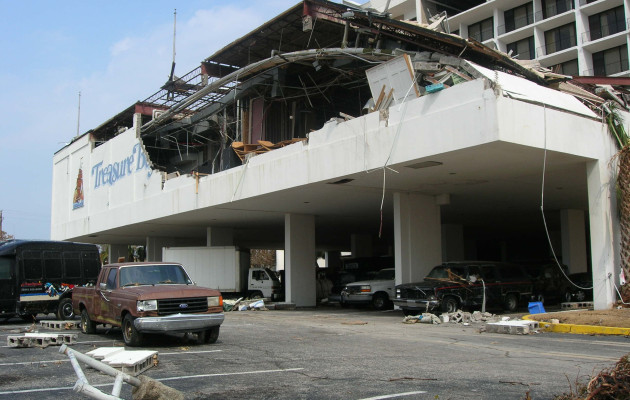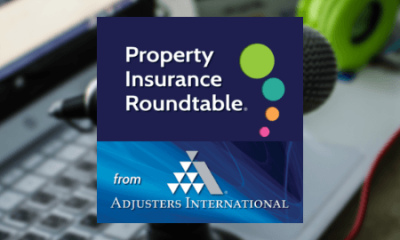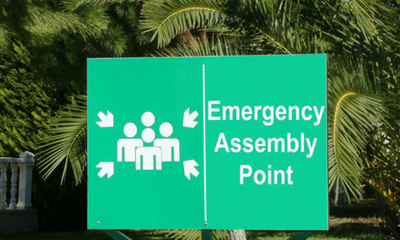For Business Owners on the Verge of Hurricane Season: Lead Your Team to Success
Hurricane season in the United States begins in June and ends in November, giving business owners just over six months exposure to hurricanes and the ensuing damage. According to FEMA, “almost 40 percent of small businesses never reopen their doors following a disaster because just a few inches of water can cause tens of thousands of dollars in damage.” The best way to mitigate this risk is by preparing your business and commercial property in advance:
Create or update your Business Continuity Plan
Business Continuity refers to a strategic business plan that could be implemented in the event of a future disaster. In other words, if a disaster were to take place today how would your business, employees, departments, and business partners continue to operate?
Take photos prior to the disaster
Be sure to take photographs of your commercial building, inside and out, as well as of your contents in advance of hurricane season, as well as after if any damages occur.
Review your property insurance
Throughout the years, your business needs may change – you may grow, acquire new property buildings, own more inventory, have a new supplier – all of which are reasons to periodically review your insurance coverage. Not having adequate coverage in place at the time of a disaster can be dire for the recovery of your business in the aftermath of the storm.
Your insurance coverage may offer premiumincentives for weather-proofing your facility (i.e. hurricane-proof windows, storm shutters, etc.). Ask your broker about your particular coverage.
 Consider extra coverages for protection
Consider extra coverages for protection
Insurance coverage is not all-inclusive; there are many things that are left out of a standard property insurance policy. For this reason, it is necessary to explore other coverages your business may need such as:
“Insurance covering the loss of business income and your continuing expenses following an insured loss.”
Extra Expense
“Insurance covering the additional cost to maintain normal business operations or to get back in operation more quickly, following property loss; it can be purchased independently or in conjunction with business income insurance.”
Contingent Business Interruption
“A form of business income insurance covering an insured against loss of income and resulting from a disaster occurring at the facility of a major supplier or a major customer. It can also cover the Business Income loss incurred at a location where the insured is a satellite business, depending on the continuing operations of a nearby anchor business that is damaged by a covered loss. Example: Restaurant in a shopping center in which a big box store is destroyed reducing traffic to the Center.
“Coverage protecting against flood and is excluded from most property insurance policies.”
Prepare your employees
Conduct employee training or meeting and distribute your business’ written procedures and protocols prior to a hurricane. Be sure your personnel know what they are responsible for in advance. Practice your plan to find any gray areas that need explanation or further work.
Listen to our podcast on Hurricanes and Windstorm Coverage:
To view all of our Property Insurance Roundtable podcasts, click here.
For additional reading:












